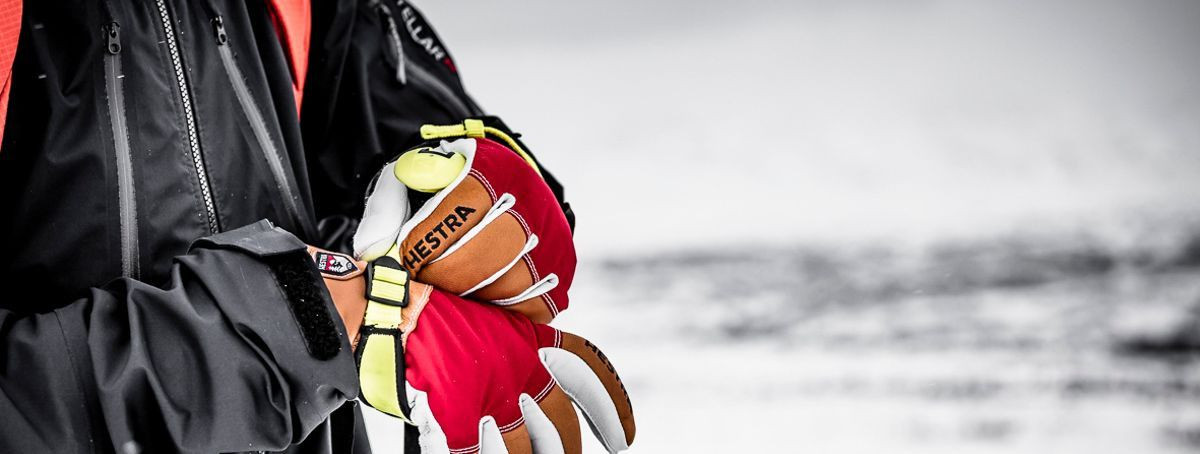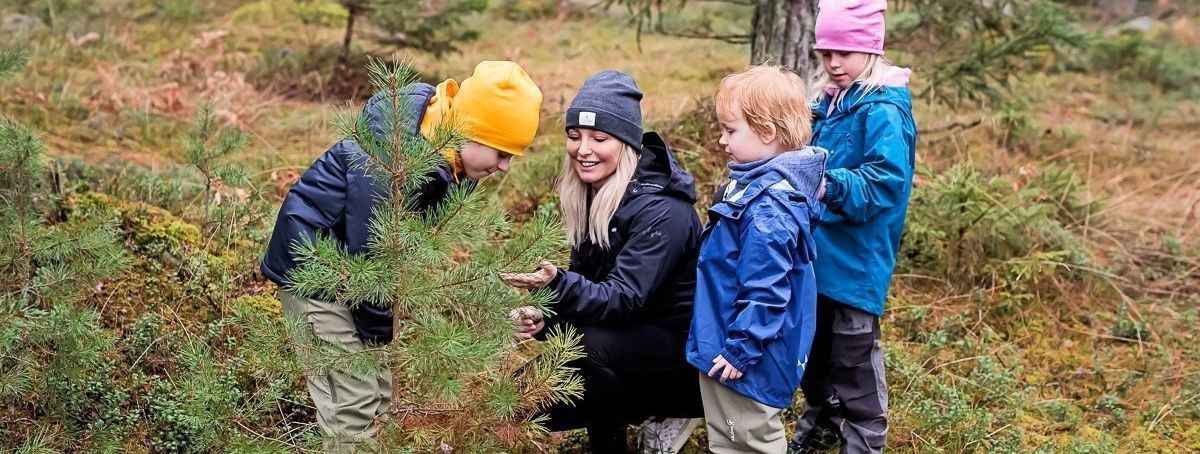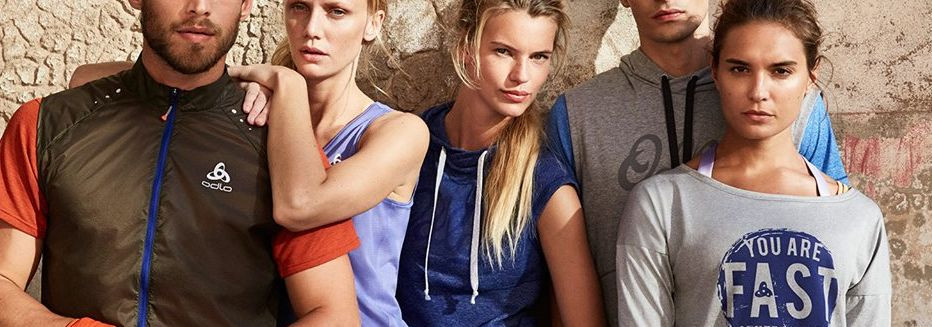5 tips for choosing sustainable outdoor clothing for kids
As parents, we want to instill values of environmental stewardship in our children from a young age. One way to do this is by choosing sustainable outdoor clothing that not only protects them from the elements but also teaches them about the importance of preserving our planet. In this guide, we'll explore five essential tips for selecting eco-friendly outdoor apparel for your little adventurers.
Tip 1: Look for Eco-Friendly Materials
Opt for materials that are gentle on the earth, such as organic cotton and wool. These natural fibers are renewable, biodegradable, and often farmed using methods that have a lower environmental impact than conventional materials.
Recycled synthetics like polyester and nylon give a new life to plastic waste, reducing the need for virgin materials and the overall carbon footprint of the clothing.
For waterproof items, seek out natural rubber or plant-based alternatives to petroleum-derived synthetics. These materials are less harmful to the environment and often have a smaller carbon footprint.
Tip 2: Consider the Durability and Longevity of the Clothing
Invest in high-quality garments that will withstand the rough and tumble of outdoor play. Durable clothing lasts longer, meaning fewer replacements and less waste.
Look for features like reinforced seams and durable fabrics that can endure repeated washing and wear. These details can extend the life of the clothing, making it more sustainable in the long run.
Choose clothing that can grow with your child, such as adjustable waistbands and extendable sleeves. This not only provides better value for money but also reduces the frequency of purchasing new items.
Tip 3: Choose Brands with Transparent Supply Chains
Support brands that are open about their manufacturing processes and labor conditions. Transparency is key to ensuring that the products you buy are ethically made and environmentally sound.
Look for certifications like Fair Trade, GOTS (Global Organic Textile Standard), or Bluesign, which indicate a company's commitment to sustainable practices.
Whenever possible, choose brands that source materials locally and produce their clothing nearby. This helps to reduce the carbon footprint associated with transportation and supports local economies.
Tip 4: Opt for Versatile and Layerable Pieces
Select clothing that can be worn in multiple seasons and easily layered for different weather conditions. This approach maximizes the use of each garment and reduces the need for specialized clothing.
Consider modular clothing systems that allow for pieces to be worn together or separately, adapting to changing temperatures and activities.
By choosing versatile clothing, you minimize the environmental impact by reducing the overall number of items your child needs.
Tip 5: Educate and Involve Your Children in the Selection Process
Use the selection of outdoor clothing as an opportunity to teach your children about the importance of sustainability. Explain how their choices can make a difference to the environment.
Involve your children in the buying process, encouraging them to think about the longevity and utility of their clothing, fostering a mindset of mindful consumption from a young age.
By choosing sustainable clothing, you help your children make a tangible connection between their actions and the health of the natural world, reinforcing the value of conservation.







Comments (0)